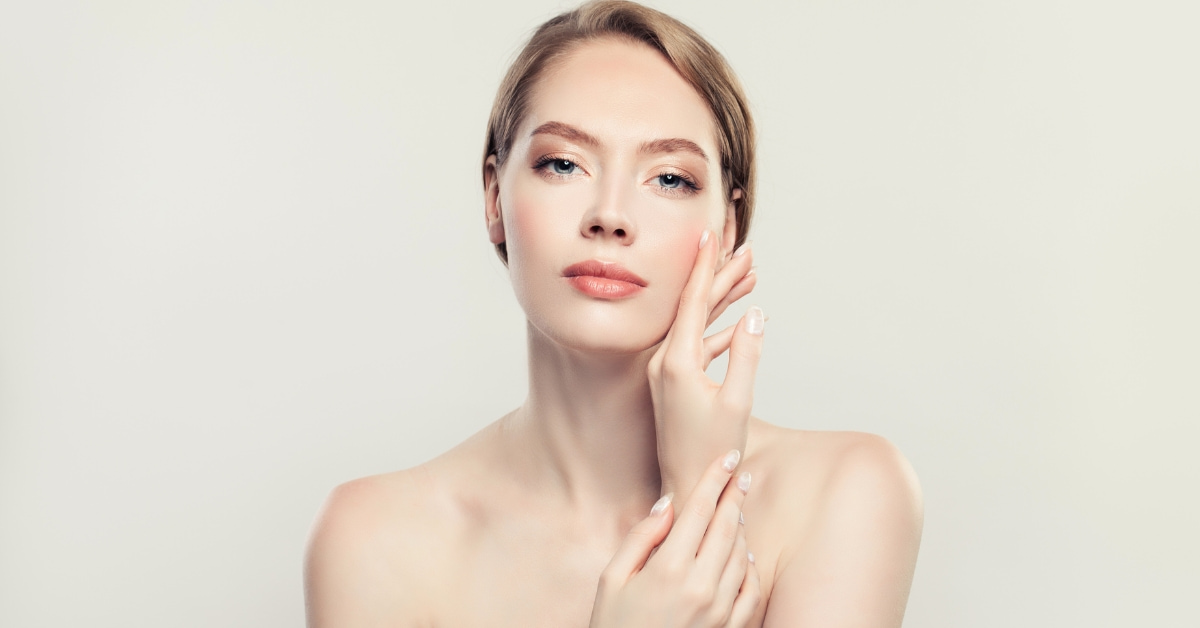Photos designated for retouching serve as the starting point for a transformative journey toward enhanced visual aesthetics. These images act as the canvas upon which skilled retouchers work their magic, refining details, adjusting colors, and elevating the overall appeal. Let’s explore the significance, considerations, and key aspects associated with photos intended for retouching.
Significance of Photos for Retouching
Photos designated for retouching are the foundation of any editing process. They are chosen based on their potential for improvement, serving as the raw material for retouchers to enhance and elevate. These images, when carefully selected, hold the promise of becoming captivating visual masterpieces.
Considerations for Photos Intended for Retouching
- Image Quality: Optimal photos for retouching typically possess high resolution and clarity, providing ample detail for enhancement without compromising quality.
- Composition and Subject Matter: Consider the composition, lighting, and focus to ensure the subject stands out and aligns with the intended outcome after retouching.
- Purpose of Retouching: Clearly define the purpose of retouching—whether it’s for personal use, professional portfolios, commercial campaigns, or other specific purposes.
- Client or Personal Preferences: Understand specific preferences, requirements, or styles desired for the retouched images.
Quality Aspects in Photos for Retouching
- Resolution and Detail: High-resolution images with ample detail offer more room for retouching and enhancement without loss of quality.
- Color Accuracy: Images with accurate and natural colors provide a solid foundation for precise color adjustments during retouching.
- Lighting and Contrast: Well-lit images with balanced contrast levels make for compelling visuals after retouching.
- Focus and Sharpness: Images with sharp focus ensure clarity and precision in retouched details.
FAQs
Can any photo be suitable for retouching?
While most photos can undergo retouching, images with higher resolution, good composition, and adequate lighting often yield better results.
How can I choose the best photos for professional retouching?
Select well-exposed images, that have clear details, and align with the intended purpose or style of retouching required.
Are there file format preferences for photos intended for retouching?
Common file formats like RAW, TIFF, or high-quality JPEG are preferred for retouching due to their ability to preserve image quality.
Can retouchers work with photos taken from mobile devices?
Yes, skilled retouchers can work with photos taken from smartphones or mobile devices, provided the images meet minimum quality standards.
Conclusion
Photos chosen for retouching lay the groundwork for creating stunning visual narratives. By selecting images with the right attributes—such as high resolution, clarity, and suitable composition—one sets the stage for retouchers to breathe life into these visuals, transforming them into captivating and polished masterpieces.
This page was last edited on 25 February 2024, at 11:57 am
